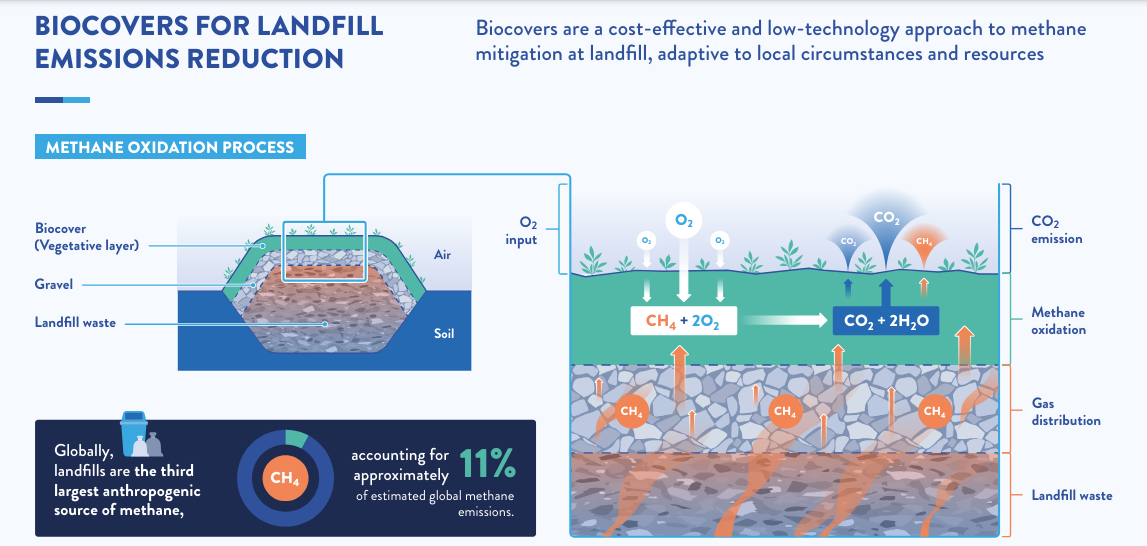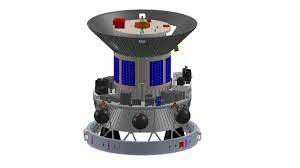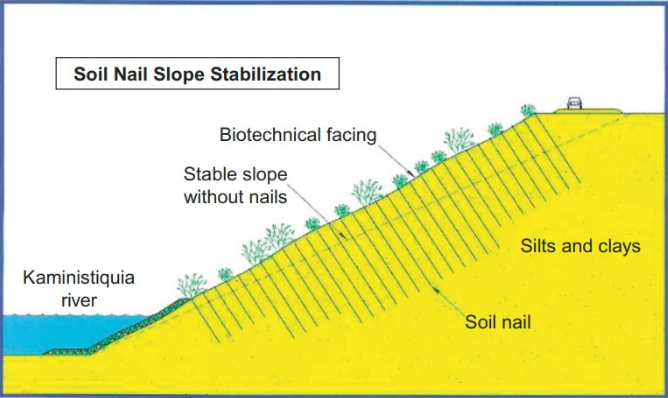
TRISHNA Mission
Subscribers of "Current Affairs" course can Download Daily Current Affairs in PDF/DOC
Subscribe to Never Miss an Important Update! Assured Discounts on New Products!
Must Join PMF IAS Telegram Channel & PMF IAS History Telegram Channel
- Context (TH | NDTV): On the event of World Environment Day, ISRO provided details of Thermal Infrared Imaging Satellite for High-resolution Natural Resource Assessment (TRISHNA) mission.
- The TRISHNA Mission is a collaborative endeavour between ISRO and the French National Centre for Space Studies (CNES).
- It is equipped with two primary payloads.
- The Thermal Infra-Red (TIR) payload, provided by CNES, features a four-channel long-wave infrared imaging sensor capable of high-resolution surface temperature and emissivity mapping.
- The Visible – Near Infra-Red – Short Wave Infra-Red (VNIR-SWIR) payload, developed by ISRO, includes seven spectral bands designed for detailed mapping of surface reflectance of VSWIR bands for generating important biophysical and radiation budget variables.
- It will operate in a sun-synchronous orbit at an altitude of 761 km.
- The mission is designed for a five-year operational life and will provide a spatial resolution of 57 metres for land and coastal areas and 1 km for oceanic and polar regions.
- The satellite will use a set of infrared sensors – developed by India and France in collaboration – to monitor the temperature.
- Objective: Detailed monitoring of the energy and water budgets of the continental biosphere for quantifying terrestrial water stress and water use and high-resolution observation of water quality and dynamics in coastal and inland waters.
- It will deliver high spatial and high temporal resolution monitoring of earth’s surface temperature, emissivity, biophysical and radiation variables for surface energy budgeting at regional to global scale.
- It helps assess urban heat islands, detect thermal anomalies linked to volcanic activity and geothermal resources, and precisely monitor snow-melt runoff and glacier dynamics.
- The mission will also provide valuable data on aerosol optical depth, atmospheric water vapor, and cloud cover.
Significance
- It will help to assess irrigation water use and enhance crop water productivity through efficient and sustainable water management practices and better micro-watershed management.
- It will track key indicators such as droughts, permafrost changes, and evapotranspiration rates and help in climate monitoring.
- Water quality monitoring will aid in detecting pollution in coastal and inland water bodies.
- It will help in identifying sub-marine groundwater discharge at the coastal fringes.
- It will support the detection of sub-surface fires and the assessment of geothermal resources.
- Cryosphere monitoring will evaluate snow cover and snow-melt patterns, contributing to improved hydrological models.
- The data provided data will contribute to several global initiatives, such as GEOGLAM, the UN’s Sustainable Development Goals and targets, and the Global Water Watch.
GEOGLAM (Group on Earth Observations Global Agricultural Monitoring Initiative)
Global Water Watch
|
Other Indo-French collaborations to monitor Earth
World Environment Day
|







![PMF IAS Environment for UPSC 2022-23 [paperback] PMF IAS [Nov 30, 2021]…](http://pmfias.b-cdn.net/wp-content/uploads/2024/04/pmfiasenvironmentforupsc2022-23paperbackpmfiasnov302021.jpg)











